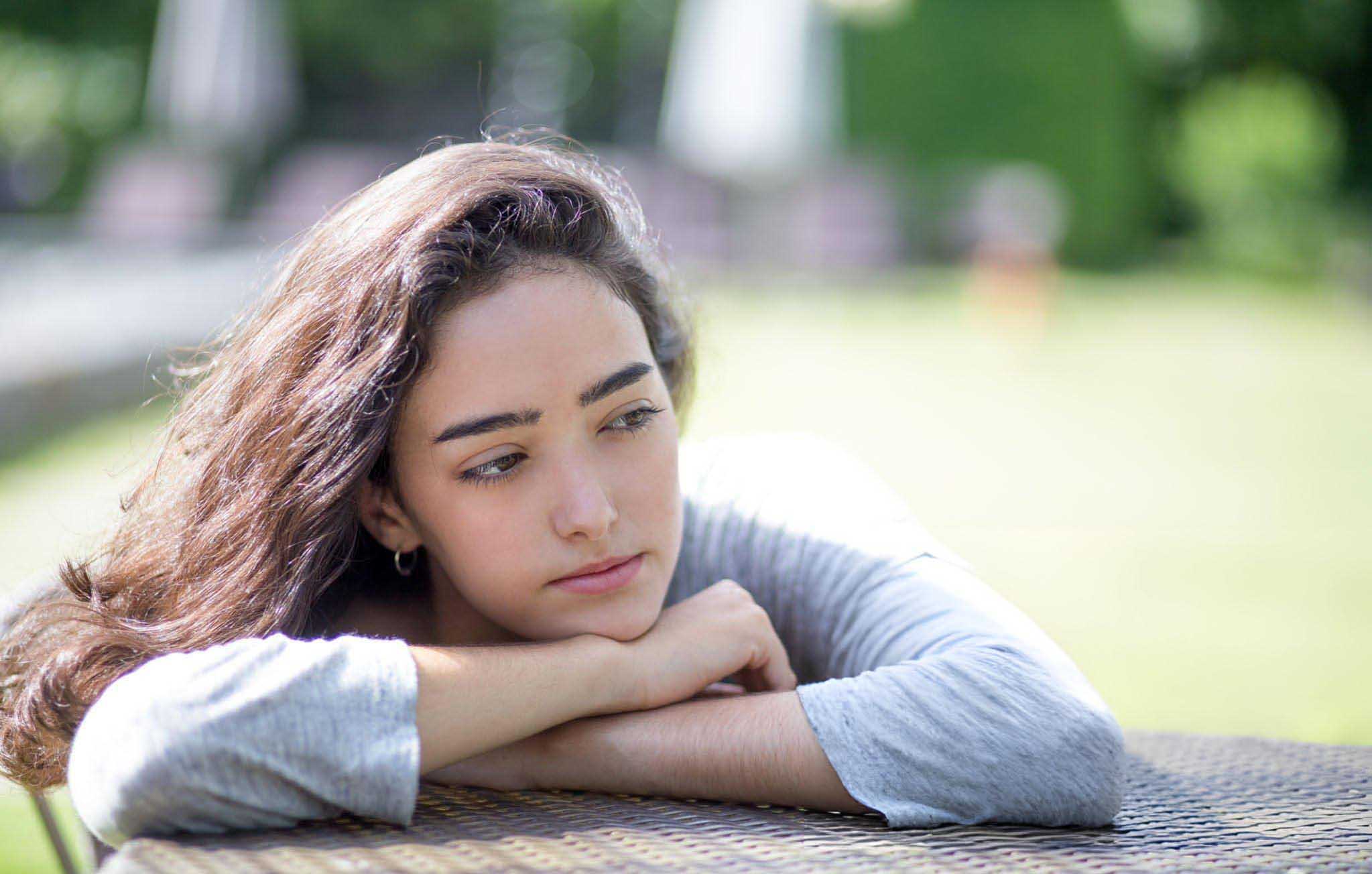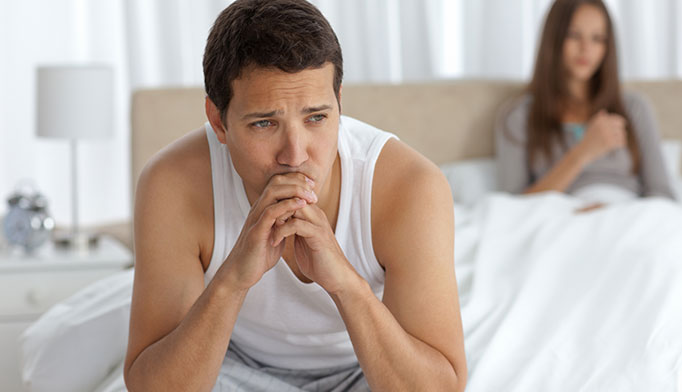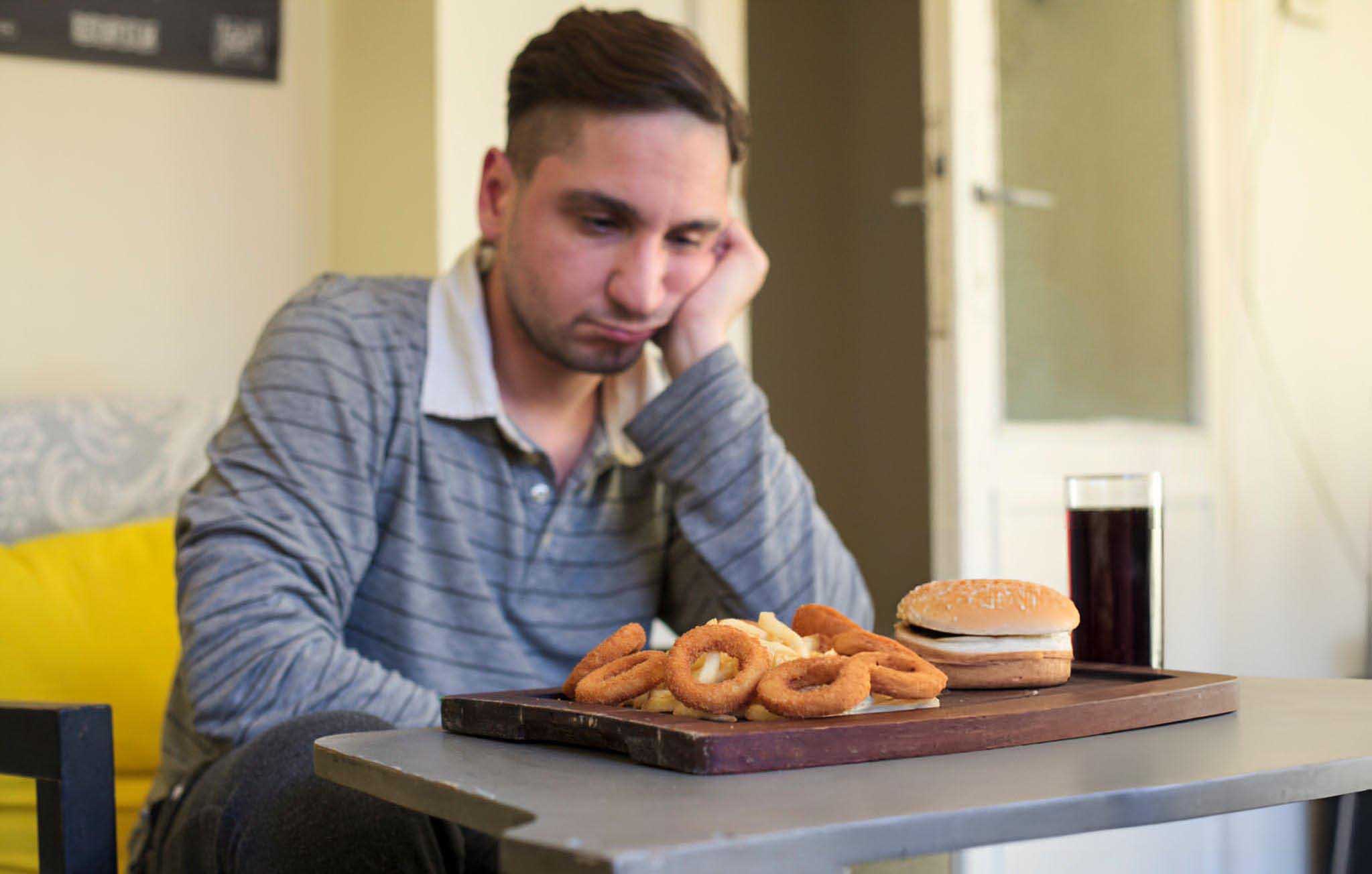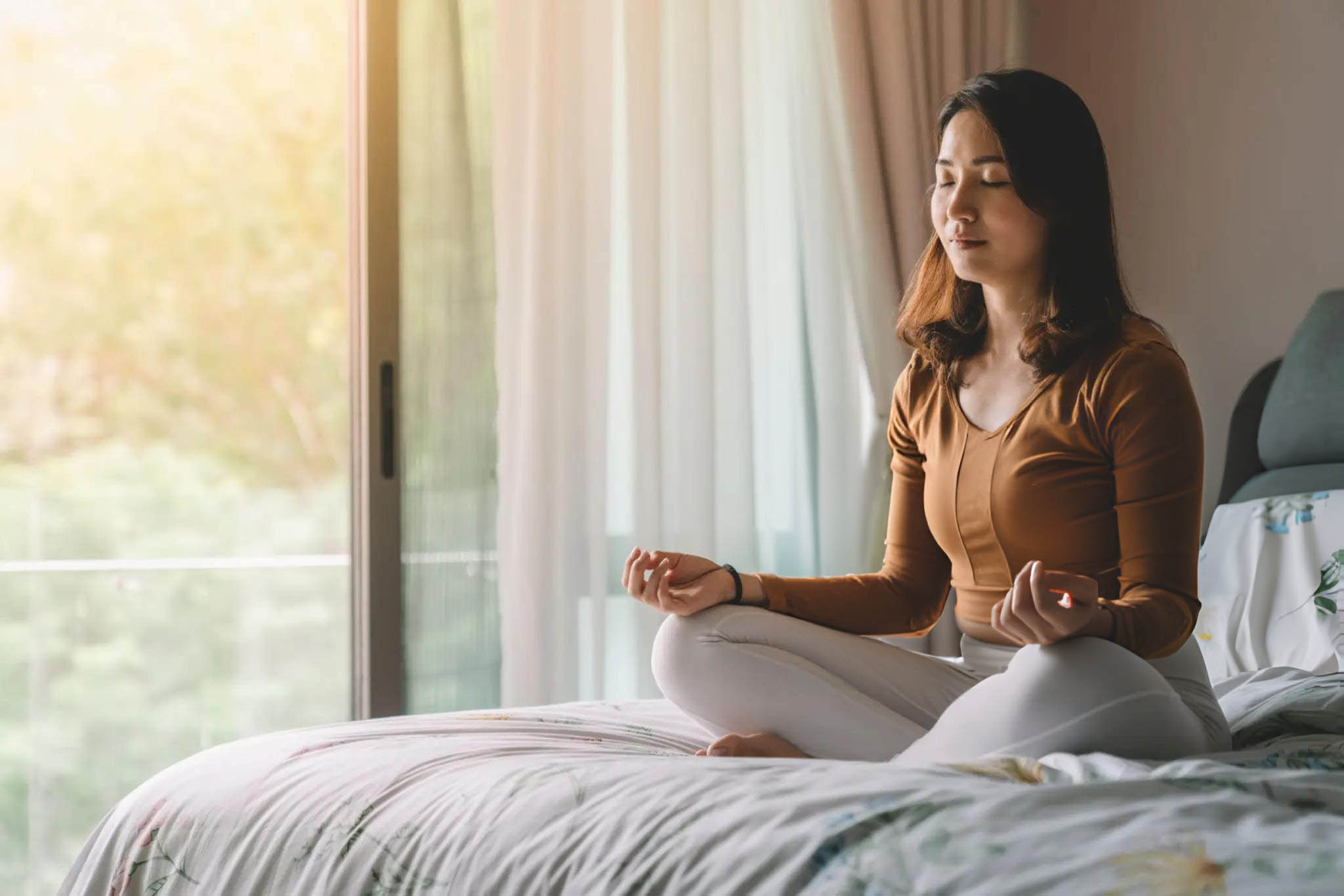Is it possible to get seasonal depression in the summer?
Can one experience seasonal depression during the summer? In short, yes. Sometimes known as “summertime blues,” this form of seasonal affective disorder can be triggered by the warmer months, as opposed to cold weather.
In a nutshell, Seasonal Affective Disorder (SAD) is a type of depression that is influenced by seasonal changes. During the winter months, SAD (seasonal affective disorder) is triggered by the shift to gloomy weather and dropping temperatures.
According to our research, sunlight helps regulate serotonin levels in our bodies. A decrease in serotonin during the winter months can lead to a lower mood.
You might be feeling confused at this point. Shouldn’t we automatically feel upbeat and happy during the summer because of the increased sunshine? Not always. We have discovered that it’s less prevalent than during the winter depression season. But seasonal depression during the summer is linked to feelings of irritability and frustration. It can result in insomnia, lack of energy and motivation.
Signs and symptoms of SAD (seasonal affective disorder) in the summer
Remember the following information regarding Seasonal Affective Disorder (SAD) symptoms: feeling depressed most of the day almost every day, having low energy levels, losing interest in activities you used to enjoy, difficulty concentrating or making decisions, and feeling hopeless or worthless.

Additionally, individuals with summer-pattern SAD (seasonal affective disorder)may experience the following symptoms:
- Agitation and restlessness
- Anxiety
- Insomnia
- Lack of appetite, resulting in weight loss
- Thoughts of death or suicide
At Journey Psyche, our providers are trained to diagnose and treat summer-pattern SAD (seasonal affective disorder). You can book a follow-up or new patient appointment if you are experiencing any of these symptoms.
Other symptoms to look out for include experiencing major depression season symptoms as well as the specific symptoms of summer-pattern SAD described above. If you have depressive episodes recurring in the summer months for at least two years in a row and tend to experience them more frequently during the summer than at any other time of the year, you may have summer-pattern SAD (seasonal affective disorder).
Summer SAD symptoms differ from those experienced in the winter. For instance, during the colder months, SAD (seasonal affective disorder) may cause an increased appetite, while during the summer, appetite loss is more common.
Here are some reasons as to why we think that summer seasonal depression happens:
Feeling Drained by the Heat


Changes in Your Night and Day Routine
Another possible trigger for summer seasonal affective disorder is the swift change in routine that may happen in the warmer months. While the summer can bring forth a lot of freedom and the possibility for different activities, this can also bring on stress.
The first routine change is due to the length of days: As the sun goes down later, it can cause you to go to bed later than usual. This can sometimes throw your whole daily routine out of whack and lead to feelings of being overwhelmed and tired.
In addition, the summer comes with changes in work routines. For example, if you’re a parent and your kids are out for the summer, now you’re trying to balance working and taking care of kids. This can cause seasonal disorders and more.
Feeling Pressure to Always Have Fun
There might also be a sense of pressure to feel happier because it’s summer depression
season. Sometimes, seeing everyone else having fun through social media can make you feel
negative about not doing “enough” to enjoy the summer (Fear of Missing Out).
This can lead to social anxiety and then feeling anxious about your social anxiety. Some people also express anxiety about actual physical appearance and, therefore, are avoidant of certain activities.


Allergies
If you live with seasonal allergies, you know that this time of year can have its rough patches. The hot warmer months coincide with a higher rate of pollen — which can worsen your allergies, among other things.
“Because the pollen increases during the warmer months, it may lead to inflammation in our bodies, which has been linked to depression,” he explains.
Who Does It Affect?
There’s some research being done on who’s more likely to experience seasonal depression in the summer. Some research has explored the possibility that people living closer to the equator may experience summer SAD more than people living in cooler areas.
Generally speaking, seasonal affective disorder affects women more often than men, though researchers aren’t sure why. It’s also more common in young adults and in people who have another seasonal mood disorder, such as depressive disorder or bipolar disorder.

Tips to help with Summer Depression
Identify Your Summertime Triggers
Some possible triggers for summertime seasonal affective disorder include heat and humidity, financial stresses related to the need for more childcare or vacations, and body-image issues exacerbated by wearing warm-weather clothing that shows more skin.
Additionally, the expectation of summertime bliss can be a trigger, as people are expected to be happiest in the summer, causing individuals with summer depression season to feel particularly bad about their depressive symptoms.
Exposure to intense, direct sunlight on longer summer days may also contribute to summertime depression as it can disrupt the body’s internal clock, leading to seasonal mood disorder.


Make Sleep a Priority
If you experience summer SAD, you may encounter insomnia or irregular sleep patterns. Using online relaxation aids and apps can help you improve your sleep. Some options to consider are:
- Mobile apps that promote relaxation, such as Aura or Calm (both require subscription
fees) - Autonomous sensory meridian response, or ASMR, videos on YouTube
- Nature sounds
- White noise from a sound machine
In cases where disturbed sleep negatively affects your mental health and other relaxation techniques are ineffective, a low dose of melatonin (3 mg to 5 mg) an hour before bedtime might be beneficial, especially if there is an underproduction of melatonin.
Establish a Routine
Establishing and adhering to a routine can help you feel more motivated and organized when trying to overcome summer SAD. Start with the basics: wake-up time, personal hygiene, mealtimes, medication schedule, and bedtime. Also, find time for important activities like family time, socializing, self-care, exercise, and creative pursuits.
To help stick to a routine:
- Write your routine in a calendar or planner
- Use a scheduling or productivity app, such as Productive
- Set reminder alarms for different parts of your routine
- Use sticky notes for reminders
- Ask loved ones for support in staying on track


Make Time and Place for Your Emotions
Creating a space to experience your emotions can be helpful in seasonal affective disorder. Allocate at least 10 minutes a day to sit quietly, close your eyes, and acknowledge your feelings. Whether guided or self-directed, there is no wrong way to meditate or be mindful of your internal experiences.
Keep It Cool
During hot weather, seek shade and stay indoors to avoid a dip in your mood. High temperatures can make some people feel agitated, stressed, and depressed. Remember to:
- Stay hydrated throughout the day
- Use sunscreen to prevent sunburn
- Wear hats, lightweight clothing, and sunglasses to protect yourself from the sun’s harmful UV rays.


When to seek help
Have you started to notice that feeling down during the summer might be more than just a passing mood? It’s important to honestly evaluate if you’re experiencing a significant shift in your mood or anxiety levels for seasonal depression.
Consider whether your “summer blues” are impacting your daily activities, such as work, family, or personal relationships. If you find that your depression is worsening or lasting longer than usual, consider scheduling an appointment with Journey Psyche. We are here to help you enjoy your best life all year round. Book your appointment now.




